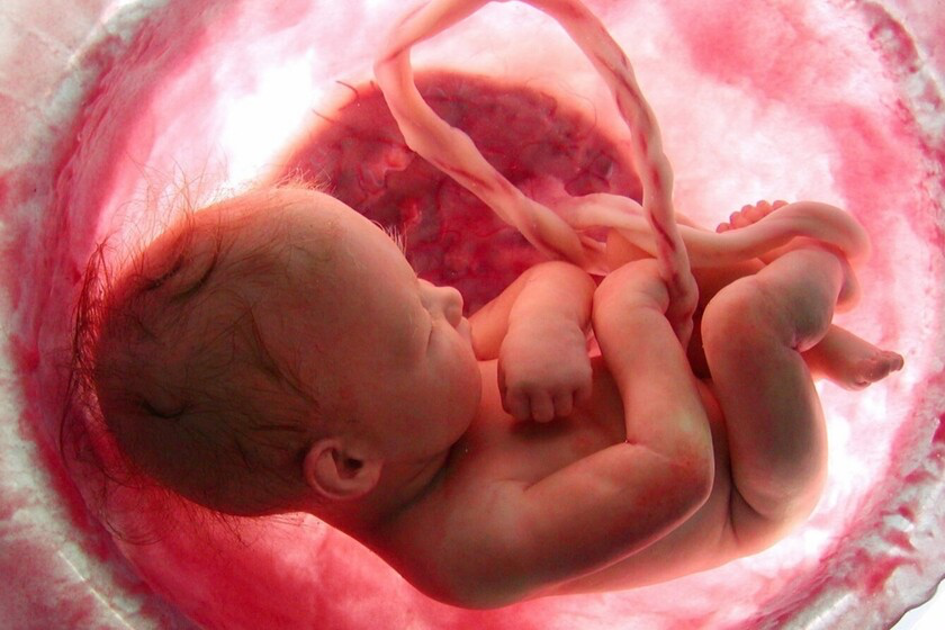En français ci-dessous
On September 13, 2021, the latest version of an important discovery was posted online in the leading scientific journal Toxics:
Research Papers / Pesticides on this website
This is the result of a collaboration between researchers from INSERM U1139 (3PHM) in the University of Paris, Faculty of Pharmacy, and the Risk Pole of the University of Caen Normandy.
This study shows that glyphosate passes through the human placenta.
In addition, Roundup, a widely used pesticide whose declared active ingredient is glyphosate, contains a set of toxicants based on oxidized hydrocarbons and heavy metals. These compounds and not glyphosate seriously impair placental integrity, causing vascular damage, among other problems.
These pollutants are neither declared nor tested by the industry for the authorization of the use of Roundup in the environment. The authorization is therefore based on glyphosate alone and not on the whole Roundup which is much more toxic.
This could explain pregnancy problems or birth defects, this pesticide being the most marketed in the world and ubiquitous in the food chain.
The debate on glyphosate alone is therefore insufficient to explain the toxicity of the pesticide.
DU GLYPHOSATE A TRAVERS LE PLACENTA HUMAIN
Ce 13 septembre 2021 la dernière version d’une importante découverte a été mise en ligne dans le grand journal scientifique Toxics :
Research Papers / Pesticides : sur ce site
Fruit d’une collaboration entre des chercheurs de l’unité INSERM U1139 (3PHM) de l’Université de Paris, Faculté de Pharmacie, et le Pôle Risques de l’Université de Caen Normandie, cette étude démontre que le glyphosate passe à travers le placenta humain.
Par ailleurs, le Roundup, pesticide largement utilisé dont le principe actif déclaré est le glyphosate, contient un ensemble de toxiques à base d’hydrocarbures oxydés et de métaux lourds. Ce sont ces composés et non le glyphosate qui altèrent sérieusement l’intégrité du placenta, causant des dommages vasculaires, entre autres.
Ces polluants ne sont ni déclarés ni testés par l’industriel pour l’autorisation de l’utilisation du Roundup dans l’environnement. L’autorisation est donc basée sur le glyphosate seul et non sur l’ensemble Roundup qui est beaucoup plus toxique.
Ceci pourrait expliquer des problèmes de grossesse ou de malformations à la naissance, ce pesticide étant le plus commercialisé dans le monde et omniprésent dans la chaîne alimentaire.
Le débat sur le glyphosate seul est donc insuffisant pour expliquer la toxicité du pesticide.
